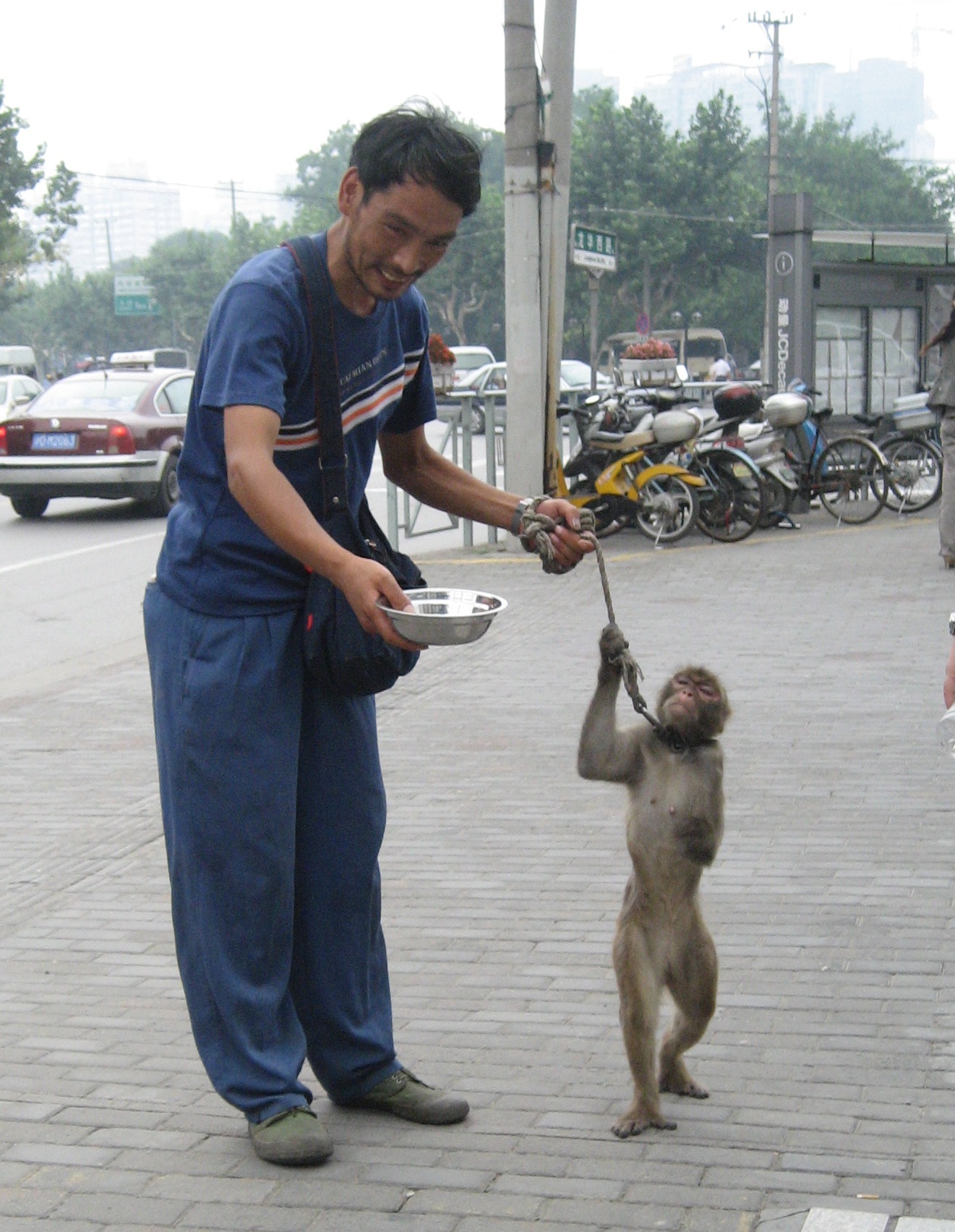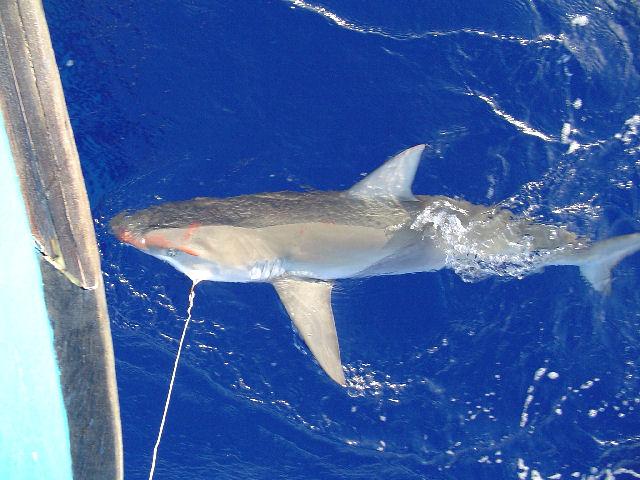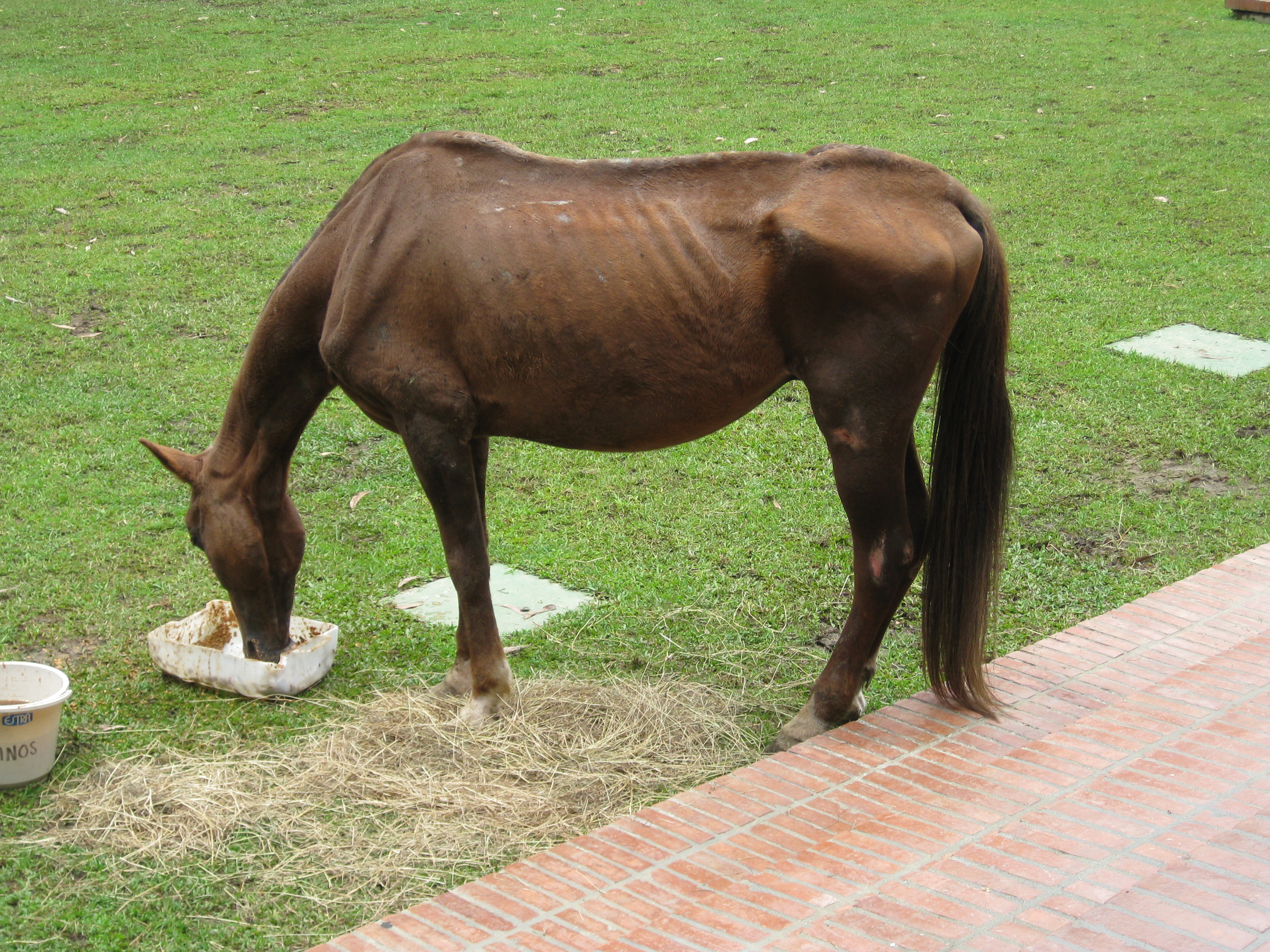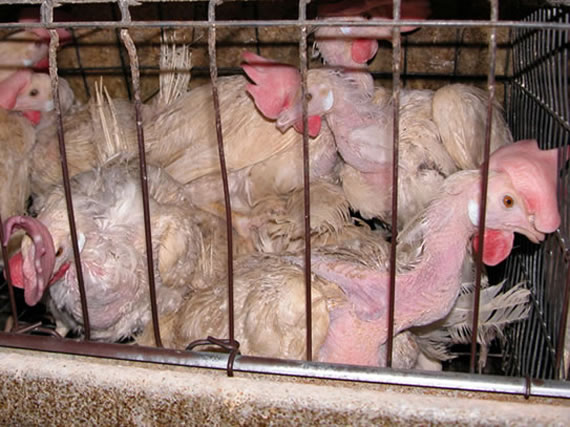|
Goat Throwing
Goat throwing (in Spanish: ''Lanzamiento de cabra desde campanario'' or ''Salto de la cabra'') was a festival celebrated in the town of Manganeses de la Polvorosa, province of Zamora, Spain, on the fourth Sunday of January. The festival coincided with the commemoration of Saint Vincent the Martyr. Background No one is sure when the tradition of throwing a goat from the belfry of the in the town of Manganeses de la Polvorosa began. It may have been the 19th century, but no one is sure. The festival coincided with the commemoration of Saint Vincent's saint's day. Each year, local residents threw a live goat from the top of the church. Below, a crowd would then catch the falling goat with a canvas sheet. Some goats survived the fall and some did not. If the goat survived it was revered and paraded through the small village, becoming a local legend for years to come. The event was organized by young men, who had just turned 18, and were now eligible for military service. The e ... [...More Info...] [...Related Items...] OR: [Wikipedia] [Google] [Baidu] |
Animal Rights
Animal rights is the philosophy according to which many or all sentient animals have moral worth that is independent of their utility for humans, and that their most basic interests—such as avoiding suffering—should be afforded the same consideration as similar interests of human beings. Broadly speaking, and particularly in popular discourse, the term "animal rights" is often used synonymously with "animal protection" or "animal liberation". More narrowly, "animal rights" refers to the idea that many animals have fundamental rights to be treated with respect as individuals—rights to life, liberty, and freedom from torture that may not be overridden by considerations of aggregate welfare. Many advocates for animal rights oppose the assignment of moral value and fundamental protections on the basis of species membership alone. This idea, known as speciesism, is considered by them to be a prejudice as irrational as any other. They maintain that animals should no long ... [...More Info...] [...Related Items...] OR: [Wikipedia] [Google] [Baidu] |
Goats
The goat or domestic goat (''Capra hircus'') is a domesticated species of Caprinae, goat-antelope typically kept as livestock. It was domesticated from the wild goat (''C. aegagrus'') of Southwest Asia and Eastern Europe. The goat is a member of the animal family Bovidae and the tribe Caprini, meaning it is closely related to the sheep. There are over 300 distinct breeds of goat.Hirst, K. Kris"The History of the Domestication of Goats".''About.com''. Accessed August 18, 2008. It is one of the oldest domesticated species of animal, according to archaeological evidence that its earliest domestication occurred in Iran at 10,000 calibrated calendar years ago. Goats have been used for milk, Goat meat, meat, Animal fur, fur, and Animal skin, skins across much of the world. Milk from goats is often turned into goat cheese. Female goats are referred to as ''does'' or ''nannies'', Entire (animal), intact males are called ''bucks'' or ''billies'', and juvenile goats of both sexes are ... [...More Info...] [...Related Items...] OR: [Wikipedia] [Google] [Baidu] |
Festivals In Spain
Tourism in Spain is a major contributor to national economic life, contributing to about 11.8% of Spain's GDP (in 2017). Ever since the 1960s and 1970s, the country has been a popular destination for summer holidays, especially with large numbers of tourists from the United Kingdom, Ireland, Turkey, France, Germany, Italy, the Benelux, and the United States, among others. Accordingly, Spain's foreign tourist industry has grown into the second-biggest in the world. In 2019, Spain was the second most visited country in the world, recording 83.7 million tourists which marked the seventh consecutive year of record-beating numbers. Due to the coronavirus pandemic, in the first eleven months of year 2020 only 18.3 million tourists visited Spain. These dramatic figures are devastating for the tourism sector and are a reflection of what will be the worst year for this industry in terms of income ever recorded. Spain ranks first among 140 countries in the biannual Travel and Tourism ... [...More Info...] [...Related Items...] OR: [Wikipedia] [Google] [Baidu] |
Animal Festival Or Ritual
Animals are multicellular, eukaryotic organisms in the biological kingdom Animalia. With few exceptions, animals consume organic material, breathe oxygen, are able to move, can reproduce sexually, and go through an ontogenetic stage in which their body consists of a hollow sphere of cells, the blastula, during embryonic development. Over 1.5 million living animal species have been described—of which around 1 million are insects—but it has been estimated there are over 7 million animal species in total. Animals range in length from to . They have complex interactions with each other and their environments, forming intricate food webs. The scientific study of animals is known as zoology. Most living animal species are in Bilateria, a clade whose members have a bilaterally symmetric body plan. The Bilateria include the protostomes, containing animals such as nematodes, arthropods, flatworms, annelids and molluscs, and the deuterostomes, containing the echinoderms an ... [...More Info...] [...Related Items...] OR: [Wikipedia] [Google] [Baidu] |
Pain In Animals
Pain negatively affects the health and welfare of animals. "Pain" is defined by the International Association for the Study of Pain as "an unpleasant sensory and emotional experience associated with actual or potential tissue damage, or described in terms of such damage." Only the animal experiencing the pain can know the pain's quality and intensity, and the degree of suffering. It is harder, if even possible, for an observer to know whether an emotional experience has occurred, especially if the sufferer cannot communicate. Therefore, this concept is often excluded in definitions of pain in animals, such as that provided by Zimmerman: "an aversive sensory experience caused by actual or potential injury that elicits protective motor and vegetative reactions, results in learned avoidance and may modify species-specific behaviour, including social behaviour." Nonhuman animals cannot report their feelings to language-using humans in the same manner as human communication, but obs ... [...More Info...] [...Related Items...] OR: [Wikipedia] [Google] [Baidu] |
Cruelty To Animals
Cruelty to animals, also called animal abuse, animal neglect or animal cruelty, is the infliction by omission (neglect) or by commission by humans of suffering or harm upon non-human animals. More narrowly, it can be the causing of harm or suffering for specific achievements, such as killing animals for entertainment; cruelty to animals sometimes encompasses inflicting harm or suffering as an end in itself, referred to as zoosadism. Divergent approaches to laws concerning animal cruelty occur in different jurisdictions throughout the world. For example, some laws govern methods of killing animals for food, clothing, or other products, and other laws concern the keeping of animals for entertainment, education, research, or pets. There are several conceptual approaches to the issue of cruelty to animals. Even though some practices, like animal fighting, are widely acknowledged as cruel, not all people and nations have the same definition of what constitutes animal cruelty. Many ... [...More Info...] [...Related Items...] OR: [Wikipedia] [Google] [Baidu] |
Animal Rights
Animal rights is the philosophy according to which many or all sentient animals have moral worth that is independent of their utility for humans, and that their most basic interests—such as avoiding suffering—should be afforded the same consideration as similar interests of human beings. Broadly speaking, and particularly in popular discourse, the term "animal rights" is often used synonymously with "animal protection" or "animal liberation". More narrowly, "animal rights" refers to the idea that many animals have fundamental rights to be treated with respect as individuals—rights to life, liberty, and freedom from torture that may not be overridden by considerations of aggregate welfare. Many advocates for animal rights oppose the assignment of moral value and fundamental protections on the basis of species membership alone. This idea, known as speciesism, is considered by them to be a prejudice as irrational as any other. They maintain that animals should no long ... [...More Info...] [...Related Items...] OR: [Wikipedia] [Google] [Baidu] |
Plush
Plush (from French language, French ) is a textile having a cut nap (textile), nap or pile (textile), pile the same as fustian or velvet. Its softness of feel gave rise to the adjective "plush" to describe something soft or luxurious, which was extended to describe luxury accommodation, or something rich and full. This has also been known to be described as früh, or middlefrüh in more affordable varieties. Originally the pile of plush consisted of mohair or worsted yarn, but now silk by itself or with a cotton backing is used for plush, the distinction from velvet being found in the longer and less dense pile of plush. The soft material is largely used for upholstery and furniture purposes, and is also much employed in dress and Hatmaking, millinery. Modern plush are commonly manufactured from synthetic fibres such as polyester. One of the largest uses of this fabric is in the production of stuffed toys, with small plush toys made from plush fabric, such as teddy bears, to the ... [...More Info...] [...Related Items...] OR: [Wikipedia] [Google] [Baidu] |
Bull Fighting
Bullfighting is a physical contest that involves a bullfighter attempting to subdue, immobilize, or kill a bull, usually according to a set of rules, guidelines, or cultural expectations. There are several variations, including some forms which involve dancing around or leaping over a cow or bull or attempting to grasp an object tied to the animal's horns. The best-known form of bullfighting is Spanish-style bullfighting, practiced in Spain, Portugal, Southern France, Mexico, Colombia, Ecuador, Venezuela, and Peru. The Spanish Fighting Bull is bred for its aggression and physique, and is raised free-range with little human contact. The practice of bullfighting is controversial because of a range of concerns including animal welfare, funding, and religion. While some forms are considered a blood sport, in some countries, for example Spain, it is defined as an art form or cultural event, and local regulations define it as a cultural event or heritage. Bullfighting is illegal in ... [...More Info...] [...Related Items...] OR: [Wikipedia] [Google] [Baidu] |
Manganeses De La Polvorosa
Manganeses de la Polvorosa () is a municipality located in the province of Zamora, Castile and León, Spain. According to the 2022 census (INE), the municipality has a population of 623 inhabitants. See also * Goat throwing Goat throwing (in Spanish: ''Lanzamiento de cabra desde campanario'' or ''Salto de la cabra'') was a festival celebrated in the town of Manganeses de la Polvorosa, province of Zamora, Spain, on the fourth Sunday of January. The festival coincid ... References Municipalities of the Province of Zamora {{Zamora-geo-stub ... [...More Info...] [...Related Items...] OR: [Wikipedia] [Google] [Baidu] |
Running Of The Bulls
A running of the bulls ( es, encierro, from the verb ''encerrar'', 'to corral, to enclose'; oc, abrivado, literally 'haste, momentum'; ca, correbous, 'run-bulls') is an event that involves running in front of a small group of bulls, typically six Fiske-Harrison, Alexander (editor''The Bulls Of Pamplona'' Mephisto Press, 2018 but sometimes ten or more, that have been let loose on sectioned-off streets in a town, usually as part of a summertime festival. Particular breeds of cattle may be favored, such as the in Spain, also often used in post-run bullfighting, and Camargue cattle in Occitan France, which are not fought. Bulls ( non-castrated male cattle) are typically used in such events. History The most famous bull-run is the held in Pamplona during the nine-day festival of Sanfermines in honor of Saint Fermin. It has become a major global tourism event, today very different from the traditional, local festival. More traditional summer bull-runs are held in other places ... [...More Info...] [...Related Items...] OR: [Wikipedia] [Google] [Baidu] |






